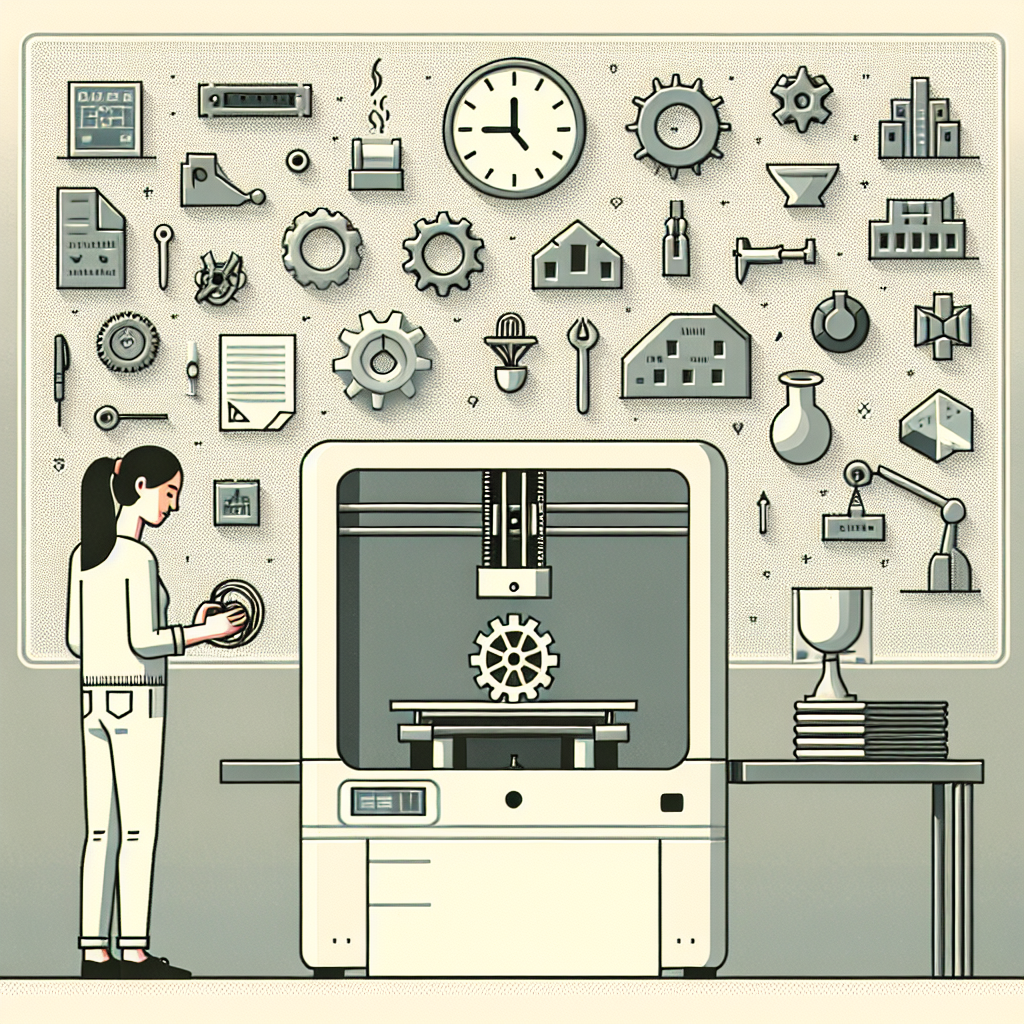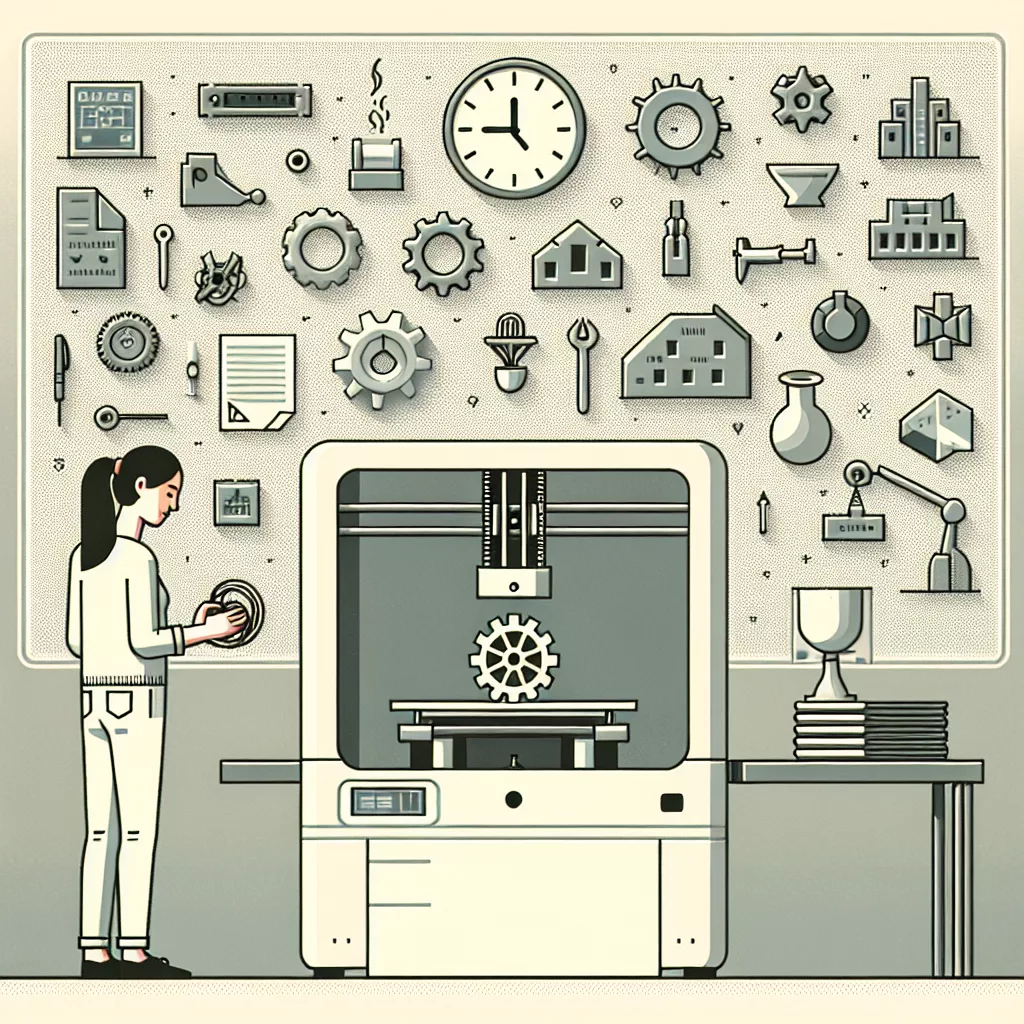3D printing has rapidly emerged as a transformative technology, revolutionizing manufacturing, prototyping, and even hobby crafting. However, with its rapid rise in popularity, many misconceptions and myths have surfaced. These myths can discourage newcomers or mislead enthusiasts alike. In this article, I’ll debunk some of the most common myths about 3D printing, helping you better understand its true capabilities and limitations.
Myth 1: 3D Printing is Only for Professionals and Experts
One of the most widespread misconceptions is that 3D printing requires extensive technical knowledge or professional training. In truth, the accessibility of 3D printing has greatly expanded over recent years, with affordable desktop printers and user-friendly software becoming commonplace. Many printers today come pre-assembled out of the box, complete with intuitive interfaces, making it easy for beginners to start their journey. Online communities, video tutorials, and forums also provide ample support for newcomers.
Myth 2: 3D Printing is Very Expensive
While it’s true that industrial-grade 3D printers and advanced materials can be costly, entry-level desktop 3D printers have become significantly cheaper in recent years. Today, reliable desktop 3D printers suitable for hobbyists, students, and small businesses can be purchased for a few hundred dollars. Additionally, filament materials like PLA and ABS are affordable and widely available, lowering the cost barrier even further.
Myth 3: You Can Print Anything You Want, Instantly
It’s a common misconception that 3D printing is a magical solution capable of immediately producing anything imaginable. Although 3D printing is highly versatile, it still has limitations in terms of speed, resolution, and materials. Printing complicated, highly detailed models takes time, sometimes hours or even days. Additionally, certain complex designs require supports, post-processing, or specialized materials to achieve the desired finish. Understanding these limitations can help you set realistic expectations for your projects.
Myth 4: 3D Printed Parts Are Fragile and Weak
Early 3D printers and inexpensive filaments sometimes produced brittle or weak parts, leading to the persistent belief that all 3D-printed objects are fragile. This is no longer true. Modern materials and improved printing techniques produce strong, durable parts suitable for functional applications. Engineering-grade filaments like PETG, nylon, carbon fiber-infused filaments, or even metal powders used in industrial settings provide resilience and strength comparable with traditionally-manufactured components.
Myth 5: 3D Printing is Limited to Plastic
Another frequent misunderstanding is that 3D printers print exclusively with plastic. While plastic filaments such as PLA, ABS, and PETG dominate the hobbyist market, 3D printing technology has evolved to include metals, ceramics, composites, and even organic materials in professional and industrial environments. Metal 3D printing, also known as additive manufacturing, regularly produces complex metal parts for aerospace, automotive, and medical industries.
Myth 6: 3D Printing is Harmful and Dangerous
The potential hazards associated with 3D printing, such as heated elements, fumes, and chemical exposure from resins, often lead people to believe it is fundamentally dangerous. However, modern consumer-grade 3D printers are designed with safety features in place and, when operated properly, pose minimal risk. Proper ventilation, usage of non-toxic filaments like PLA, and adherence to manufacturer safety guidelines ensure safe conditions for hobbyists and professionals alike.
Myth 7: High-Quality 3D Models Require Expensive Software
Many people assume that professional-level CAD software is necessary for creating quality 3D models. In reality, numerous free or inexpensive software tools like Blender, Fusion 360 for hobbyists, or TinkerCAD enable users to create professional-quality designs without major financial investment. Moreover, there are extensive online libraries, such as Thingiverse, filled with free, ready-to-print models, allowing users to skip modeling altogether if desired.
Myth 8: 3D Printing Will Replace Traditional Manufacturing Entirely
Though 3D printing is groundbreaking and transformative, it is unlikely to entirely replace traditional manufacturing methods like injection molding or CNC machining anytime soon. Each method has strengths and weaknesses suited for specific applications. Traditional manufacturing remains superior for mass production due to speed and cost efficiency at scale, while 3D printing excels in customization, rapid prototyping, and complex geometries.
Conclusion: Embrace Reality, Not Myths
Understanding the truth behind these common 3D printing myths will help you better appreciate this amazing technology and use it effectively. Whether you’re a hobbyist exploring your creativity or a business owner seeking innovative manufacturing solutions, gaining a clear perspective on the capabilities of 3D printing will empower you to make informed decisions and fully harness its potential.


Leave a Reply